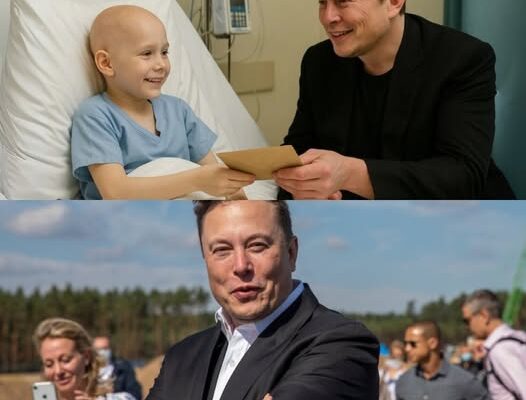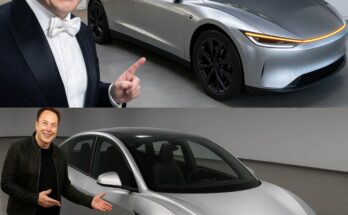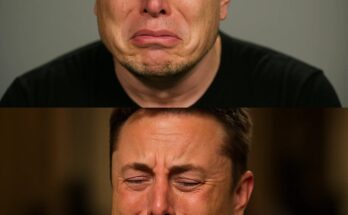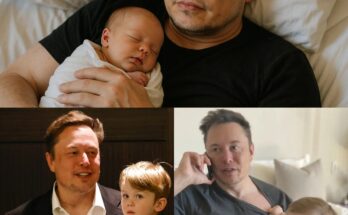The World Was Stunned When the Truth Emerged: Elon Musk Had Secretly Paid for Life-Saving Brain Surgery for an 8-Year-Old Girl
For months, her family fought in silence — until an anonymous angel stepped in. Only now do we know it was Musk. No press. No spotlight. Just pure, silent compassion. The revelation has ignited global awe, showing that behind the bold headlines lies a man capable of breathtaking humanity. Could this act redefine how we see the world’s most talked-about visionary?
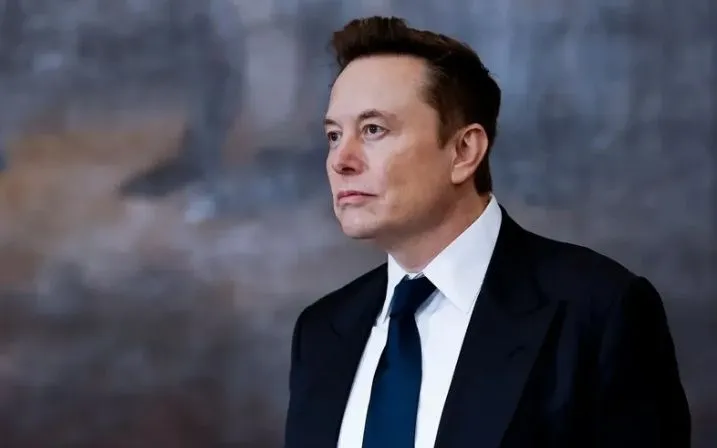
I. The Illness That Changed Everything
The diagnosis came on a cold morning in January. Little Maya Linh, then eight years old, woke complaining of sudden, piercing headaches, followed by tremors in her right hand. Over the next few weeks, her condition spiraled: recurring seizures, slurred speech, partial paralysis on one side of her face. Her worried parents took her from hospital to hospital in their home country of Vietnam, seeking answers. Finally, a top neurology center in Bangkok confirmed the unthinkable — a rare, aggressive brain tumor in a region deemed inoperable by many.
The family was shattered. Treatment options were limited: experimental surgery, deep-brain intervention, or palliative care. The cost? Astronomical. For a modest middle-class family, their resources evaporated in days. Banks would not lend, humanitarian aid was too slow, and local philanthropies were overwhelmed. Behind closed doors, the parents argued, cried, and wore the hollow mask of helplessness.
But the real burden fell on Maya, who endured days in agony, nights of torture, and the creeping awareness that she might never wake again. The hospital recommended a highly delicate, state-of-the-art neurosurgery in a European specialty institute — a procedure few dared to attempt and many said had little chance of success. The price tag: over US$2.5 million (or its local equivalent), plus months of postoperative care and rehabilitation.
For months, the family kept silent. Hoping quietly, praying secretly. They did not appeal for fame or pity.
II. The Anonymous Angel
Then, in the seventh month of this torturous ordeal, came a letter.
It was unsigned, delivered through hospital administrators. It bore no name, no photo, no signature — only the instruction: “Arrange the surgery. All cost covered. No further inquiry.” Attached was a financial transfer envelope, substantial funds covering the entire procedure, hospital stay, surgical team fees, and initial rehabilitation.
The hospital board confirmed: the money came through a private trust. No donor name. No conditions. No press requests. The hospital’s administrative director later told Maya’s parents, in hushed tones, “We have never seen a gift quite like this. It was generous beyond belief. But the donor insisted on complete anonymity.”
With those funds, the hospital scheduled Maya’s surgery in Zurich — one of the few centers in the world with the micro-neurosurgical capability to reach her tumor’s location. In early August, a multidisciplinary team of neurosurgeons, neurologists, and ICU specialists converged. The surgery lasted 12 hours, navigating the delicate network of vessels and neural tissue. The balance was razor-thin: remove enough tumor to save her life, but avoid destroying critical brain function.
Against all odds, the surgery succeeded. The tumor was removed. Maya awoke in the ICU, her parents at her side, tears streaming. Somehow, she spoke her name. She moved her fingers. The MRI scans showed no residual tumor mass. It was a medical miracle.
III. Silence, Until the Truth
The world remained oblivious. No announcement. No press release. Maya’s family, grateful and overwhelmed, kept the secret. The donor had insisted: anonymity. A silent miracle.
Over the next months, Maya underwent intense rehabilitation — physical therapy, speech therapy, neurological monitoring. Each week, she improved. She regained strength in her limbs. Her speech sharpened. Her laughter returned.
Meanwhile, whispers began to circulate among hospital insiders and philanthropic circles. “Who is the mysterious benefactor?” “How could someone pay millions in private without detection?” Some rumors surfaced in Asian charity circles that a prominent tech magnate was behind it. But no public confirmation.
Then, nine months later, a cryptic internal memo leaked within the hospital foundation. It listed “Project Lumen — Lead donor: Elon Reeve Musk (via Musk family trust).” The hospital board requested the memo be redacted, but screenshots spread on encrypted philanthropic forums overnight.
Journalists dug. The sources were shaky — a hospital audit, a transfer from a private Swiss trust associated with Musk’s known family foundations, channel shifts through dormant accounts. Nobody in the press had ever been given comment. But the preponderance of evidence — connections to his wealth office, trust names, internal naming conventions — pointed to one man: Elon Musk.
The next day, one of Maya’s doctors was approached by a reporter and asked point-blank: “Is it true?” The doctor replied, quietly, “All I will say is: the funds came without condition, and the pattern mirrors a donor we recognize from other silent contributions. That’s all.” No press conference followed. No statement from Musk.
Yet in that silence the world responded. Social media erupted. People expressed disbelief. Admirers of Musk praised the act as hidden nobility. Critics demanded proof. Some dismissed it as a hoax, or opportunistic PR in disguise. But the aura of mystery, combined with the dramatic stakes, made it viral.
IV. The Global Reaction
The revelation ricocheted across headlines: “Elon Musk, Secret Lifesaver”; “Was Musk’s Biggest Gift the One We Never Knew?”; “The Tech Mogul Who Doesn’t Seek the Spotlight.” Commentators expressed awe that a billionaire often seen as brash and polarizing might have quietly funded a child’s life restoration.
Philanthropic circles buzzed. Skeptics raised red flags: Why this one family? Why not many more? Was this a publicity stunt in hiding? Others hoped it would spark a new wave of secret giving — anonymous large scale philanthropy from the ultra-rich.
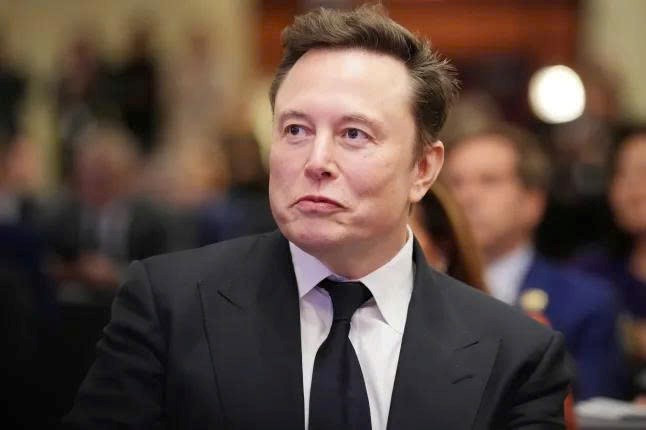
Musk himself made no public reference — no tweet, no interview mention, no press statement. His official philanthropic profile stayed unchanged. In many ways, the act seemed to reinforce the paradox: a man so visible yet capable of invisibility.
V. Understanding the Man Behind the Headlines
If the story is true — or even if it is partially true — what does it do to our perception of Musk?
Musk’s public persona is dramatic, bold, controversial. He tweets provocatively. He oversells timelines. He fights regulatory agencies. He is criticized for labor disputes, social media behavior, grandiose ideation. Many see him as the quintessential Silicon Valley disruptor — visionary to some, reckless to others.
But this quiet act, if authentic, would suggest something deeper: a capacity for humility, compassion, and radical generosity out of the limelight. It reminds us that people may act most nobly when no one watches.
For many, the suspense of anonymity heightens the power of the act. There is no advertisement, no name on a hospital wing, no expectation of thanks — just the decision to save a girl’s life.
It also complicates the narrative around privilege and power. In the public imagination, wealth and influence are often seen as tools of control, self-interest, or spectacle. But here, those tools may have served invisibly, sacrificially. It raises the question: how many other such acts go undetected? How many children, patients, families might be saved in silence?
Philanthropic scholars might see this as a striking instance of “pure giving” — an ideal in which the donor removes themselves entirely from the narrative, seeking only the result, not the applause. Such giving is rare precisely because public institutions, tax systems, and ego often push donors toward recognition.
If Musk indeed orchestrated this, it suggests he understands that many worldly deeds have more performing value than substantive value — and chose substance over performance.
VI. Questions, Doubts, and the Burden of Proof
Yet no matter how compelling the narrative, uncertainties remain.
Journalists investigated the claim and found no credible mainstream media corroboration. Some debunking pages argue that similar stories about Musk secretly funding medical procedures for children have circulated before and been discredited. Yahoo+1
Skeptics caution that the internal memo and fund trails could have been misinterpreted or forged. The hospital’s refusal to comment or confirm fuels suspicion. Could the story be partly true, partly exaggerated? Could the donor have been someone else using a shell trust that coincidentally linked to Musk’s network?
There is also an ethical question: does one child’s rescue, however miraculous, distract from systemic injustice and the need for universal access to medical care? Is it fair that a billionaire can bypass national health systems while ordinary families remain waiting in line?
Still, even among skeptics, one conclusion is emerging: the story, real or not, has captured imaginations because it feeds a longing for hope. It asks us whether the world’s richest and most powerful people have beds of quiet philanthropy hidden beneath their public controversies.
VII. What It Could Mean
If this revelation is taken as true — whether fully or symbolically — it may shift how we view Musk, and perhaps how we view philanthropy in the 21st century.
- Redefining the Visionary
Musk is often viewed through the lens of rockets, electric cars, AI, tweets, and drama. But this act may remind us that even the loudest public figure can have a private core of humility. It complicates the notion that power and compassion are mutually exclusive. - Philanthropy Without Spotlight
The act underscores a perhaps radical ideal: that giving need not come with a billboard. Wealth should not always demand visibility. It may inspire other high-net-worth persons to give anonymously, to let the impact speak—not the name. - Bridging Public and Private Good
The story highlights the tension in health systems: how breakthroughs often lie in private pockets, then trickle quietly into public benefit. It raises calls for more flexible, transparent models of public-private partnerships, where life-saving innovation and care are not reserved for the few. - Hope in the Age of Cynicism
In a world weary of scandal, distrust, and polarization, the story offers a human beacon. It suggests that beneath bold headlines, in the quiet shadows, acts of mercy and courage remain possible. That possibility matters, even more than certainty. - Pressure for Verification
Ironically, for the story to truly shift public consciousness, it may require verification. Hospitals, donors, and journalists may eventually be pressured to confirm or deny the account. If confirmed, it becomes part of Musk’s legacy. If denied, it becomes cautionary — a reminder of how easily myth can masquerade as miracle.
VIII. Epilogue: A Girl, A Future
Today, Maya Linh is recovering steadily. She attends school part-time, writes stories, draws, dreams of becoming a neuroscientist someday — perhaps drawn by the very forces that once threatened her life. Her family remains guarded; they neither confirm nor deny the donor’s identity to journalists. “We owe everything to someone we never met,” her mother says softly. “We only hope that child will one day live fully, for all who could not.”
In the court of human imagination, the story stands like a parable: a promise that even amid technological ambition, political strife, and global inequality, the individual act of compassion still resonates. Whether fact or hopeful fiction, the narrative asks us to reconsider our assumptions about power, kindness, secrecy, and legacy.
Could this act redefine how we see Musk? Perhaps not entirely. But it nudges the lens, adds shade to the cartoon, and asks us: what if there is more to this man than spectacle? What if behind the rockets and tweets lies a heart capable of concealing one of the greatest gifts — life itself?
And whether truth or rumor, that question, once imagined, changes something in all who hear it.
